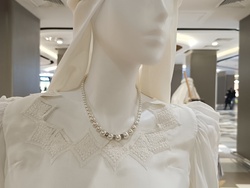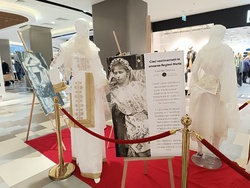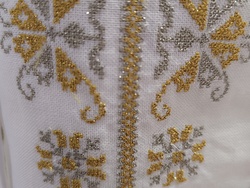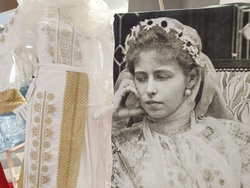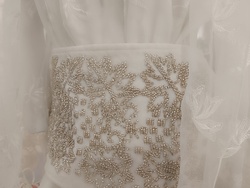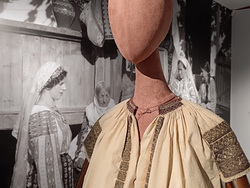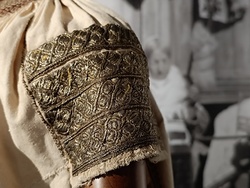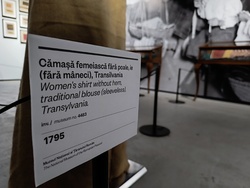site.btaRomanians Celebrate Traditional Embroidered Blouse Recognized by UNESCO as Intangible Cultural Heritage


June 24 marks the Universal Day of the Romanian Blouse, dedicated to the traditional embroidered item called ia. The day is observed in more than 60 countries and 130 settlements and finds its place on the agenda of museums and cultural institutions in Romania and abroad, including embassies and diplomatic missions, every year.
The ia is a white blouse with colourful ornamentation. The details of the embroidery indicate the area of origin. Local researchers and historians say that its roots go back to the Dacian civilization. Ancient bas-reliefs depict Dacians wearing long-sleeved tunic tops.
The blouse was originally made of linen, hemp, and wool, and later of cotton or silk. It is decorated with embroidery, mainly on the sleeves, chest, and neck. Its three hallmark features are the collar opening, the way the pattern is cut and structured, and the way the sleeves are inserted.
Apart from this day, Romanians, both women and men, most often wear their ia on national holidays or when going to church. On December 1, 2022, the blouse was inscribed on UNESCO’s Representative List of the Intangible Cultural Heritage of Humanity.
"Queen Marie, following the example of Queen Elizabeth, introduced the traditional Romanian costume to the Royal Court. Until then, the ladies of Romania's high aristocracy were dressed only by major European fashion houses and believed that traditional clothes were only meant to be worn by peasants," designer Izabela Mandoiu told BTA.
The oldest Romanian ia, made 229 years ago in Transylvania, was exhibited at the Dacia-Romania Palace in the old centre of Bucharest at the beginning of 2024.
/RY/
Additional
news.modal.image.header
news.modal.image.text
news.modal.download.header
news.modal.download.text
news.modal.header
news.modal.text
